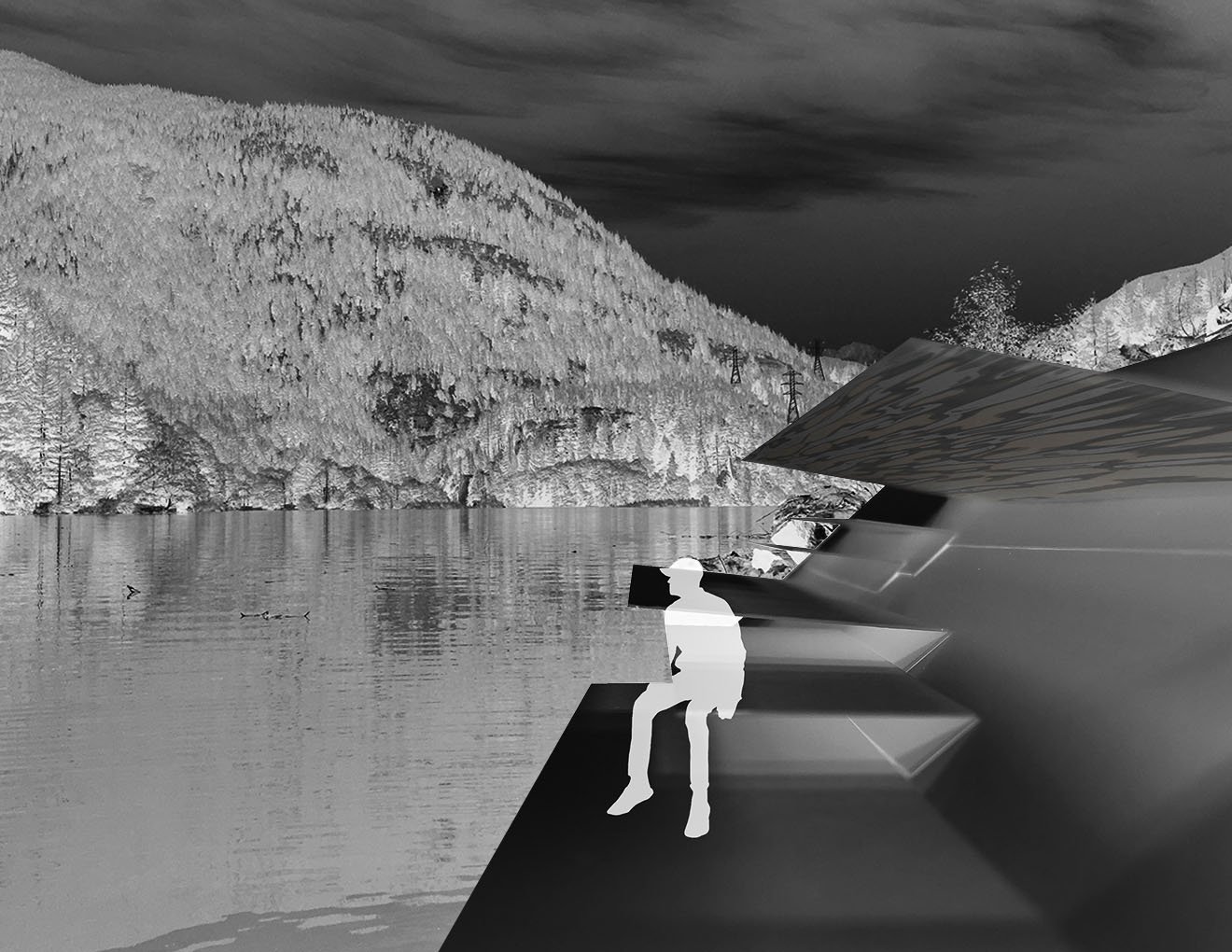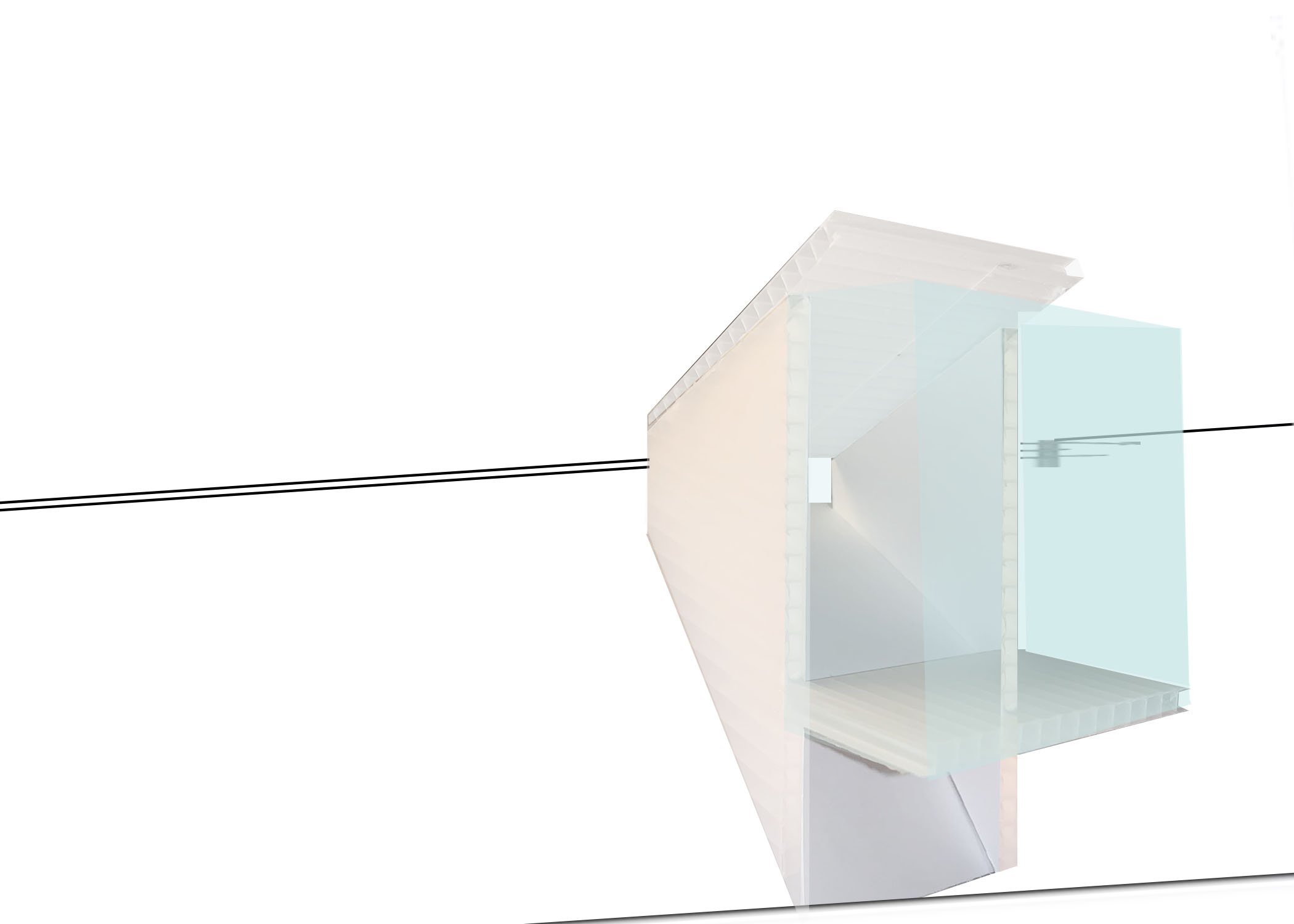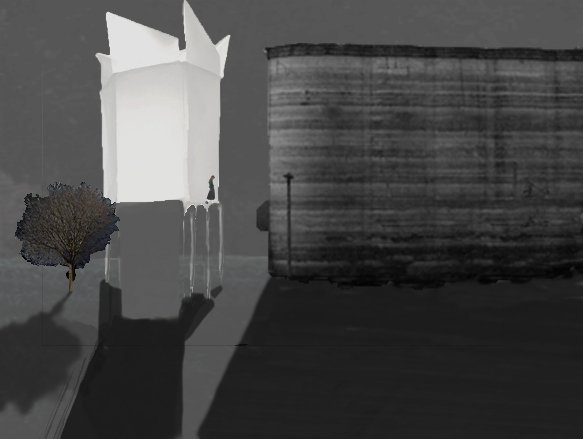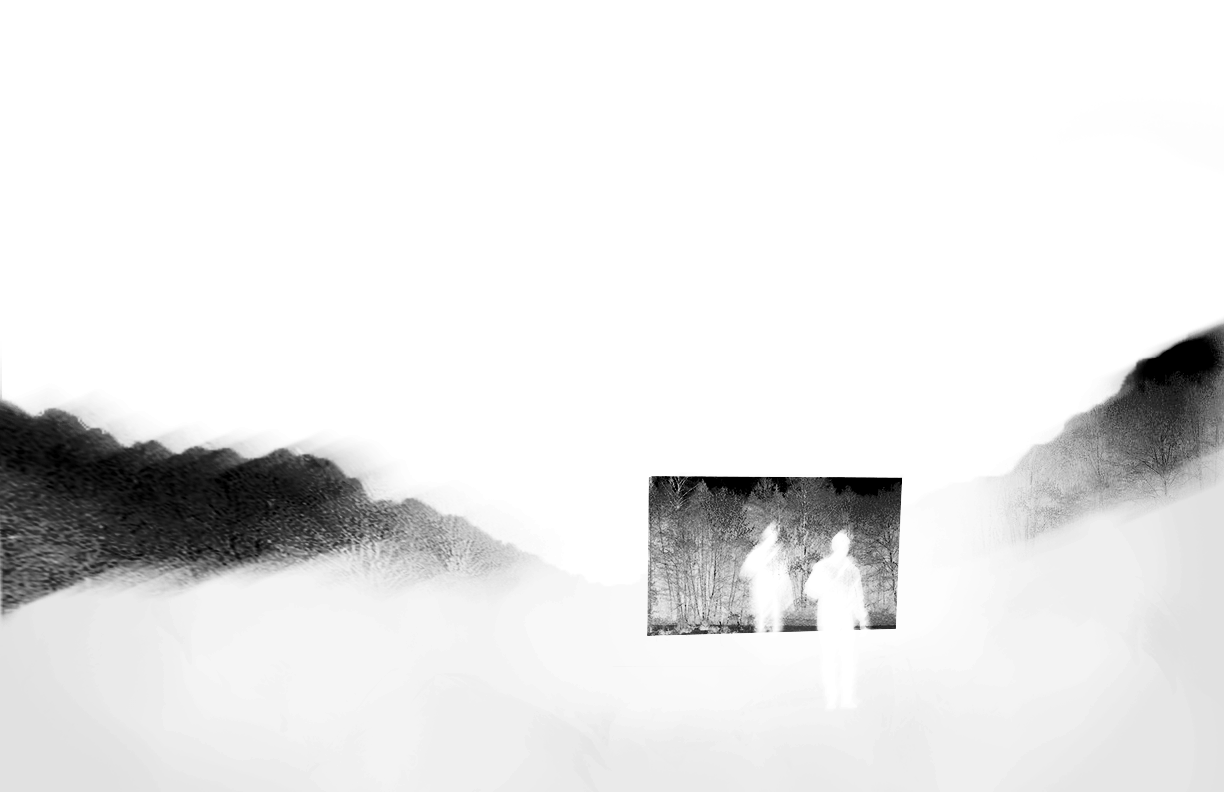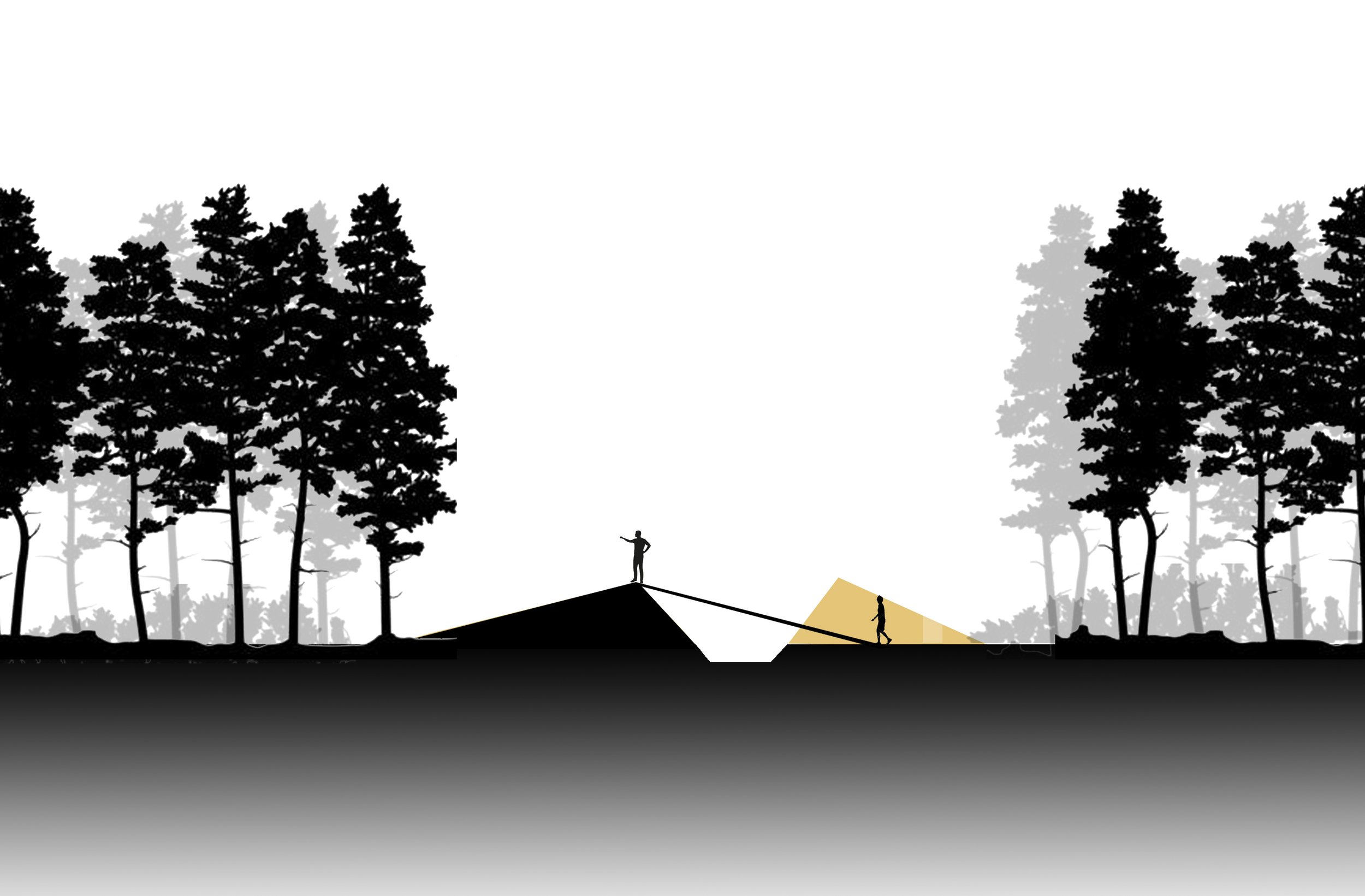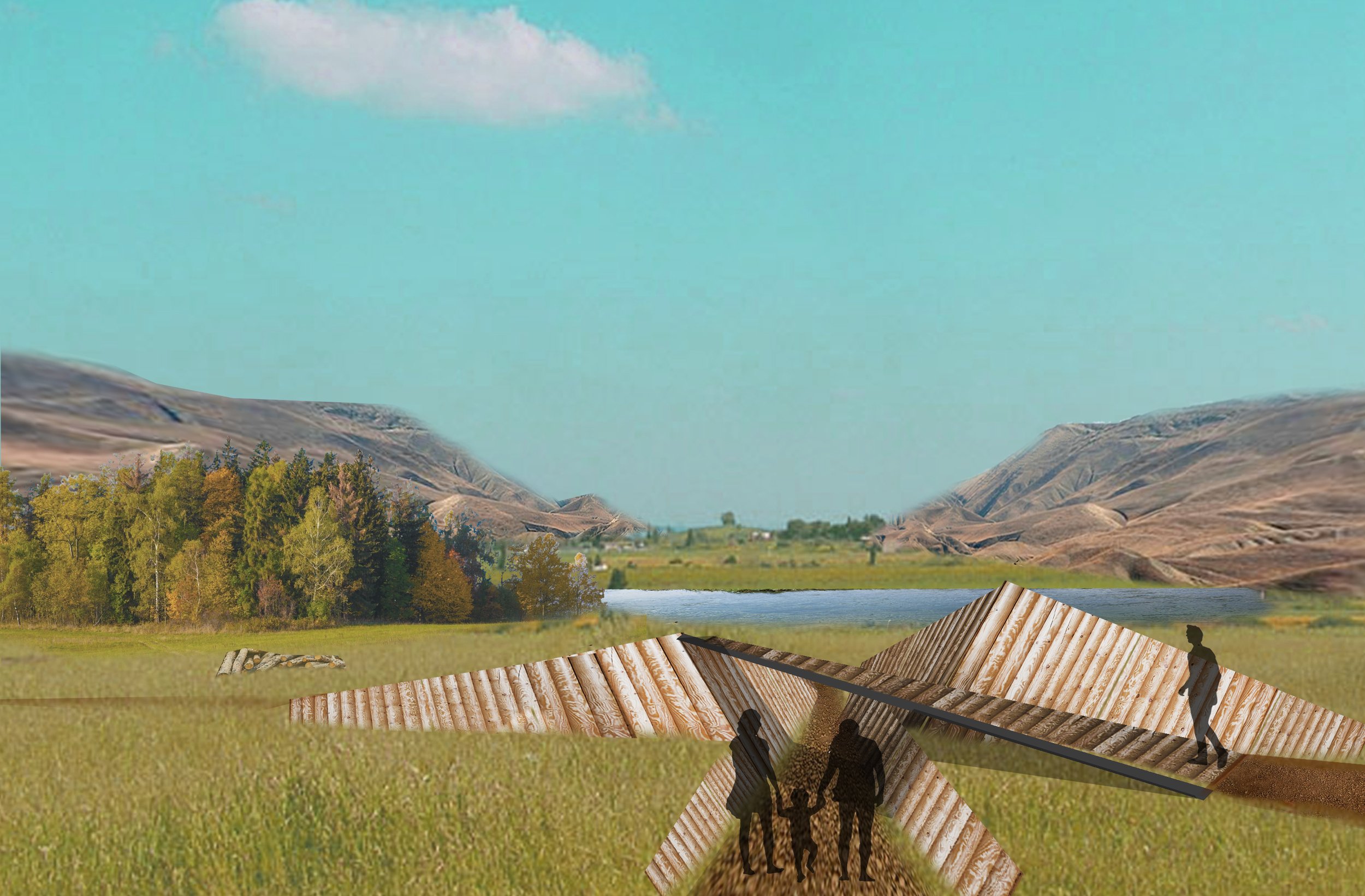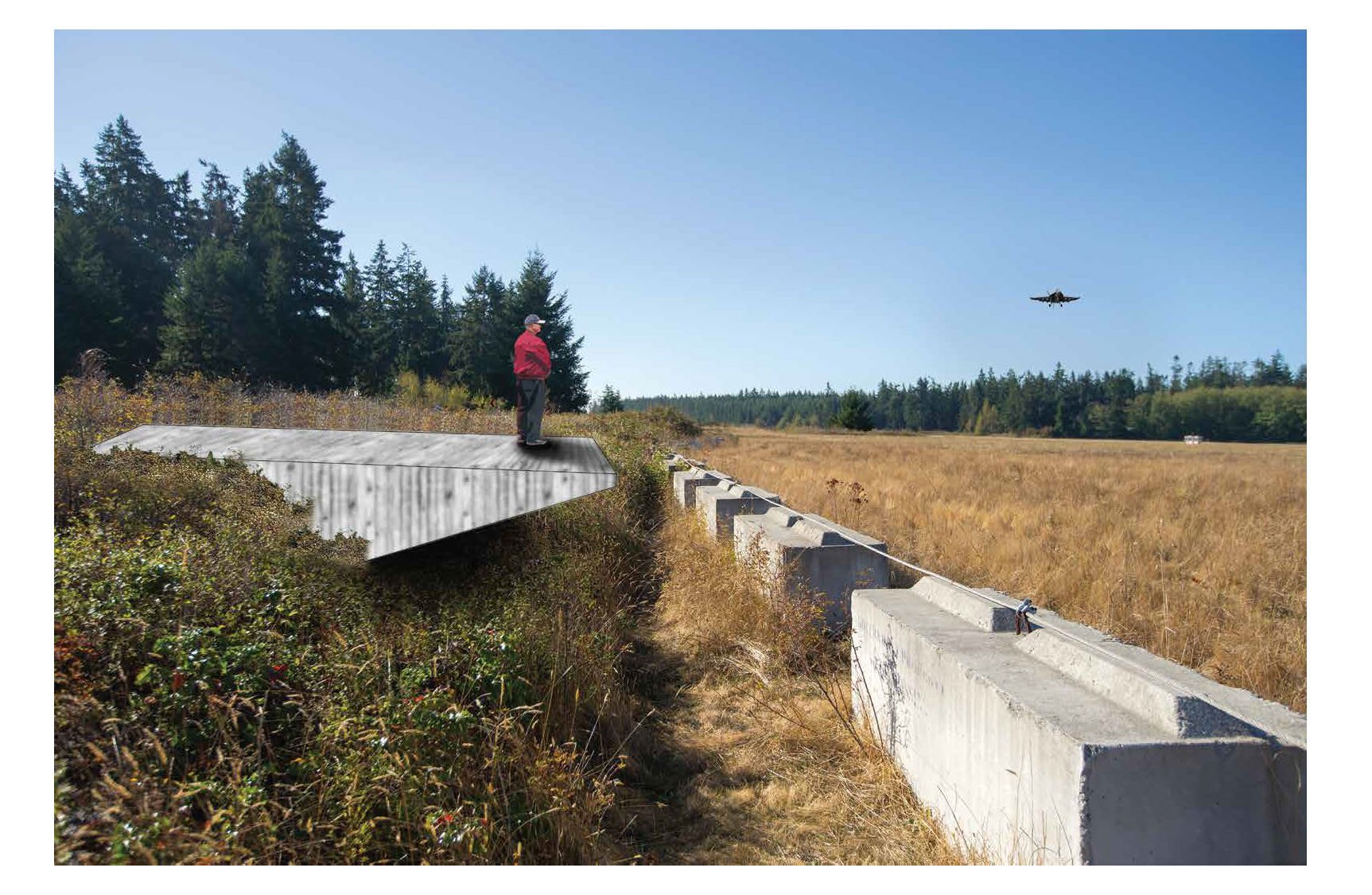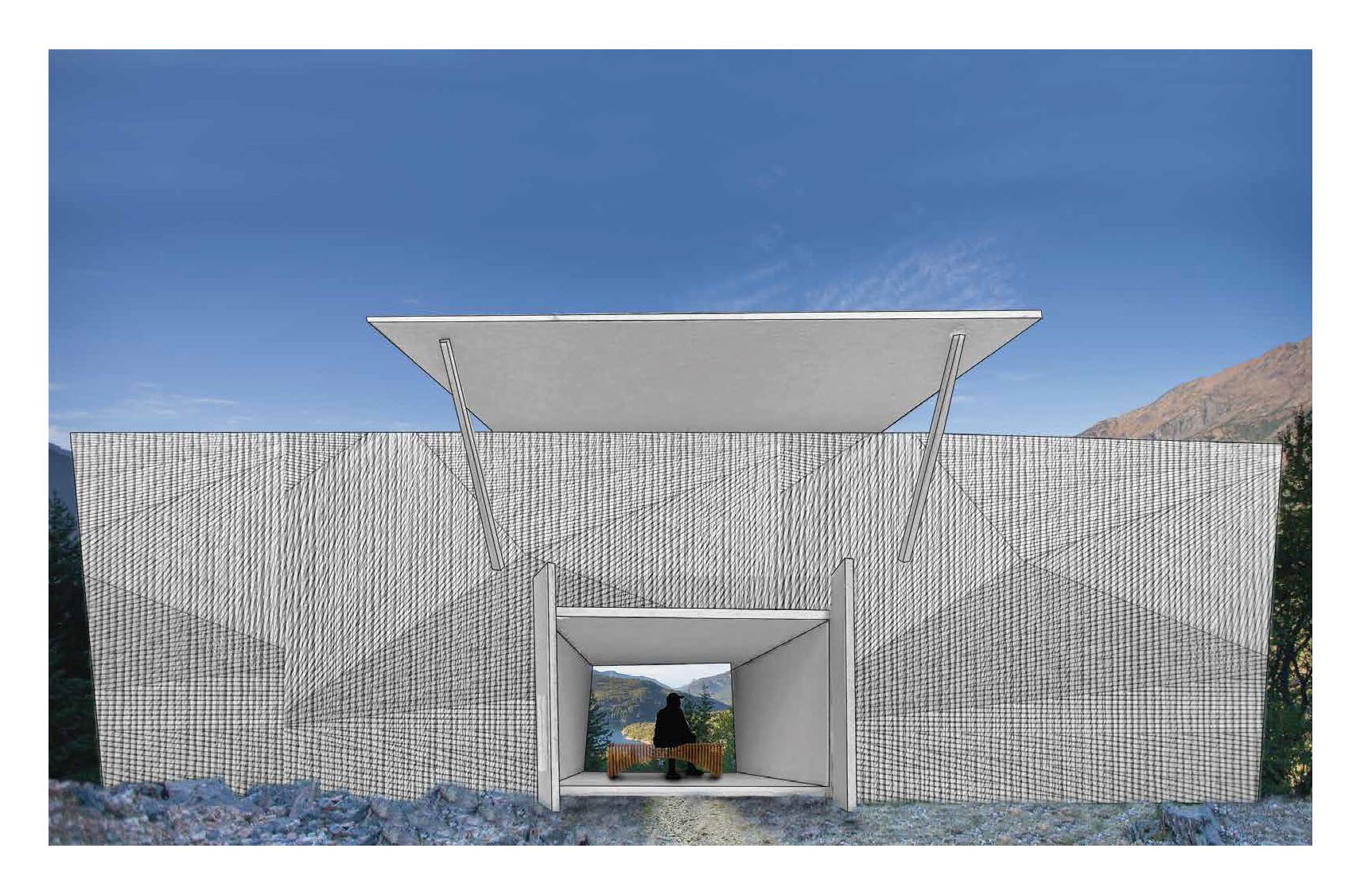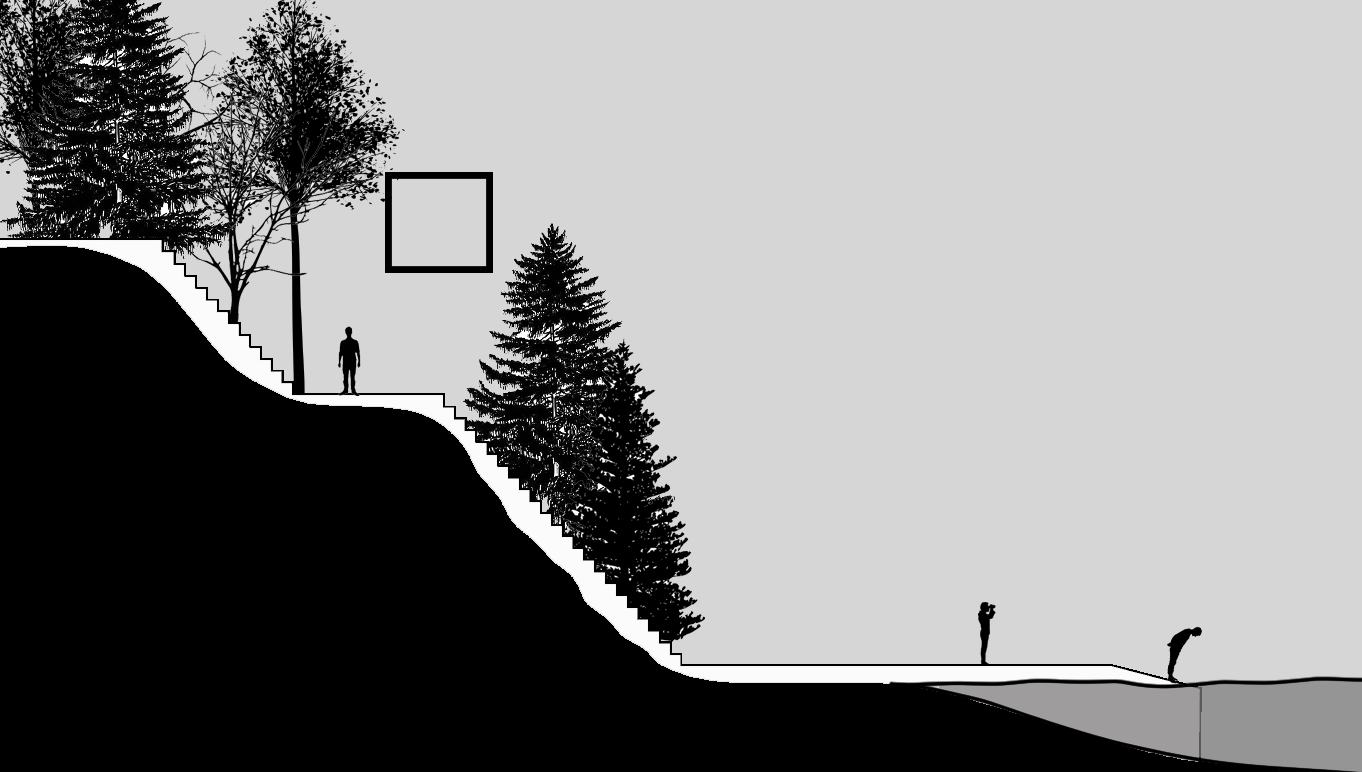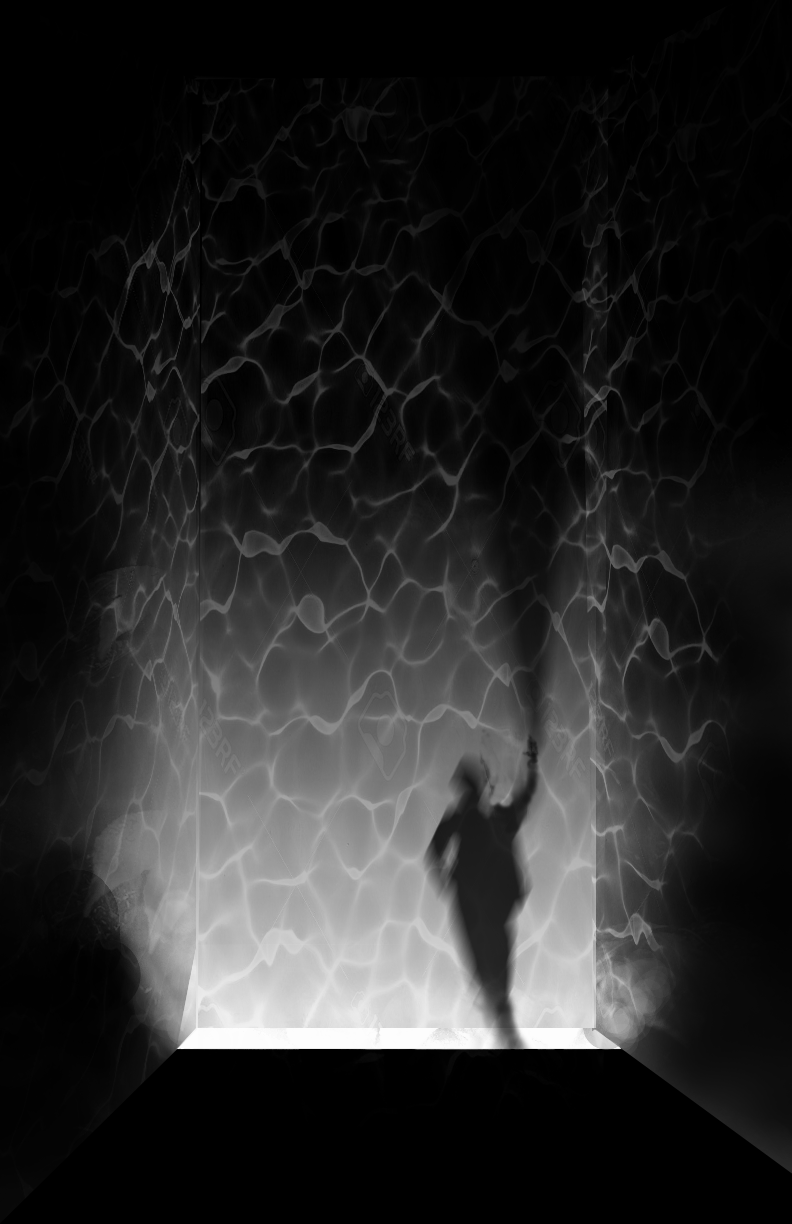
Dive Center
WHALER’S COVE | POINT LOBOS MARINE RESERVE, CALIFORNIA
UNIVERSITY OF COLORADO | ARCHITECTURE STUDIO THREE
-
What is an architecture of anticipation? of reflection? How does one design a facility which as its primary reason for being is tied to activities that occur elsewhere but are intrinsically linked to it none-the-less? At the dive center, the students are asked to investigate and answer questions about where and when the ritual of SCUBA diving begins and ends, and what role the architecture of the dive center plays in the visitor experience. Can the immediacy, and deep interconnectedness between the diver and their surroundings underwater (where the dictates of tidal conditions, topography, weather, season, etc. by and large shape the experience) be extended to the center itself? If so, how? when? how does one choreograph the user experience such that the line between anticipation, preparation, activity, recovery, and reflection provides an experience of place that can't be reduced to the underwater experience and everything else, as though what happens at the building is an afterthough... merely there to serve the function of mechanizing the human body so it can survive in a hostile environment.
This endeavor - to design a more cohesive relationship between the user of the dive center and their context, both physical and cultural, such that the users ostensible intention to experience this unique meeting of land and sea in an embodied sense that can't be captured on a youtube video or by simply driving the coastal highway- acts as a the primary catalyst for the semester.
The studio required the development of a cohesive pedagogy that meets the educational needs of each of these student groups where they are (rather than where the teacher might like them to be) while fulfilling the specific education objectives of the course in the larger curriculum (bridging foundational and analytical stages of learning).
The course integrates a systematic assessment of incoming abilities across the full group. A series of flexible exercises of increasing complexity are presented which optimize growth across the group in key areas where a need for remediation is identified. These assignments are limited in scope to overcome trepidation common in less-experienced students, and designed to allow for continual adaptation, ensuring all students are being challenged and supported as the course develops.
-
The class traveled to California where we visit several precedents (primarily 'visitor' spaces, and those related to the exploration of natural phenomenon on the coast) and make repeat visits to the site itself. While SCUBA diving is not an appropriate class activity, the students do go out on the water in sea kayaks so they can experience some of the same rituals they will be designing for in their proposals. This immersive exposure teaches them to grapple with contextual issues at a level that they would otherwise not be aware of through site photos, maps, and weather data. They use this information to make more informed decisions with regard to siting of course, but also in defining the user experience they intend to realize, and even later in the semester to make decisions regarding building construction and performance.
-
“Sites of Visitation: Leveraging the Touristic Endeavor”.
Lawrence, Scott.
Conference Paper and Presentation.
National Conference on the Beginning Design Student. Denver, CO
2019
Student Project Examples
Michael Reilly
2013 - University of Colorado


















Amanda Tharp
2013 - University of Colorado
















Kathryn Mullinax
2013 - University of Colorado
























Daniel Thomson
2019 - University of Idaho - Lake Crescent Kayak Lab















Mason Limke
2013 - University of Colorado














Casandra (huff) Crawford
2013 - University of Colorado














Shannon Ferguson
2013 - University of Colorado






















Nathan Pepper
2021 - University of Idaho - Methow Valley River and Nordic Lab
John Gross
2021 - University of Idaho - Methow Valley River and Nordic Lab

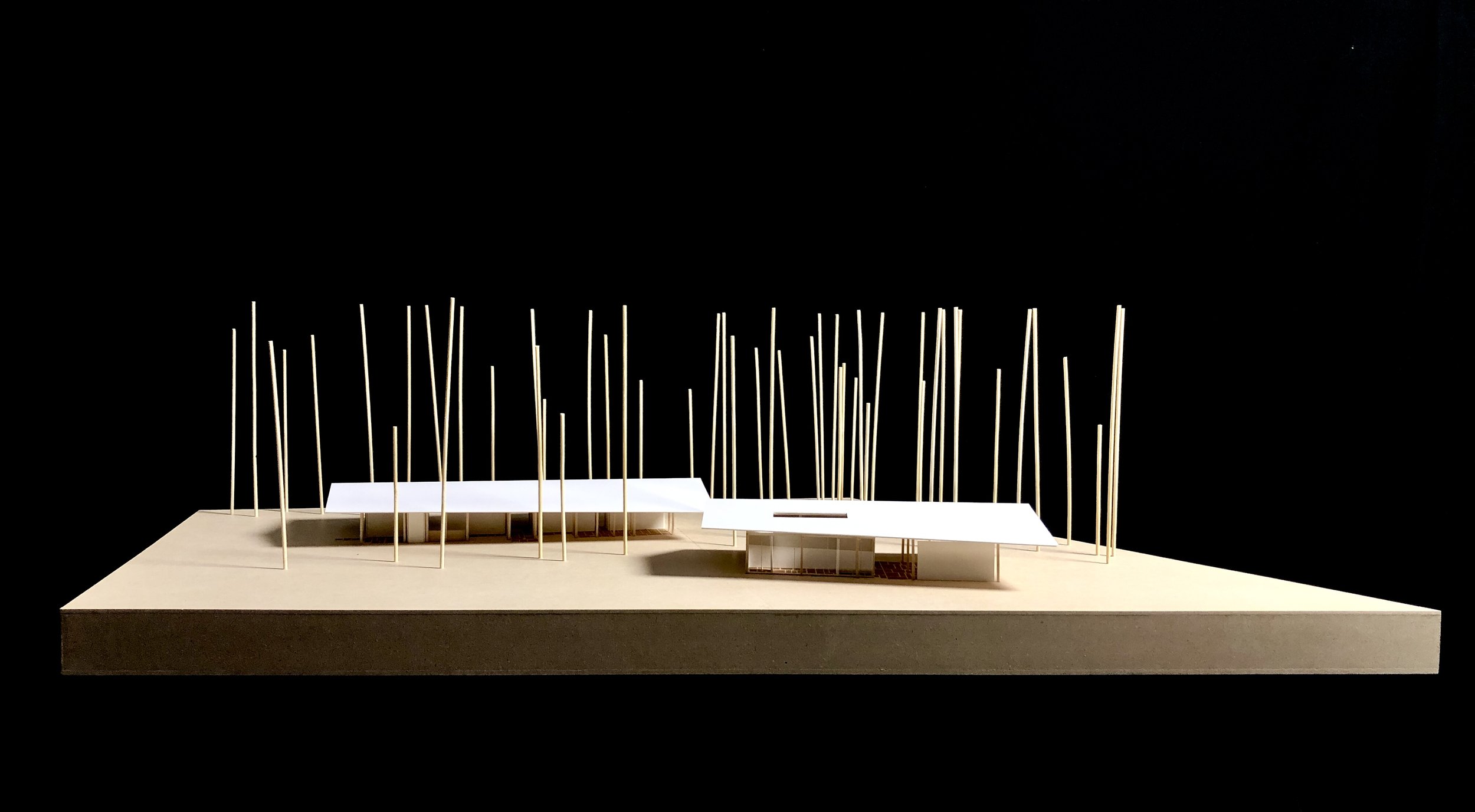

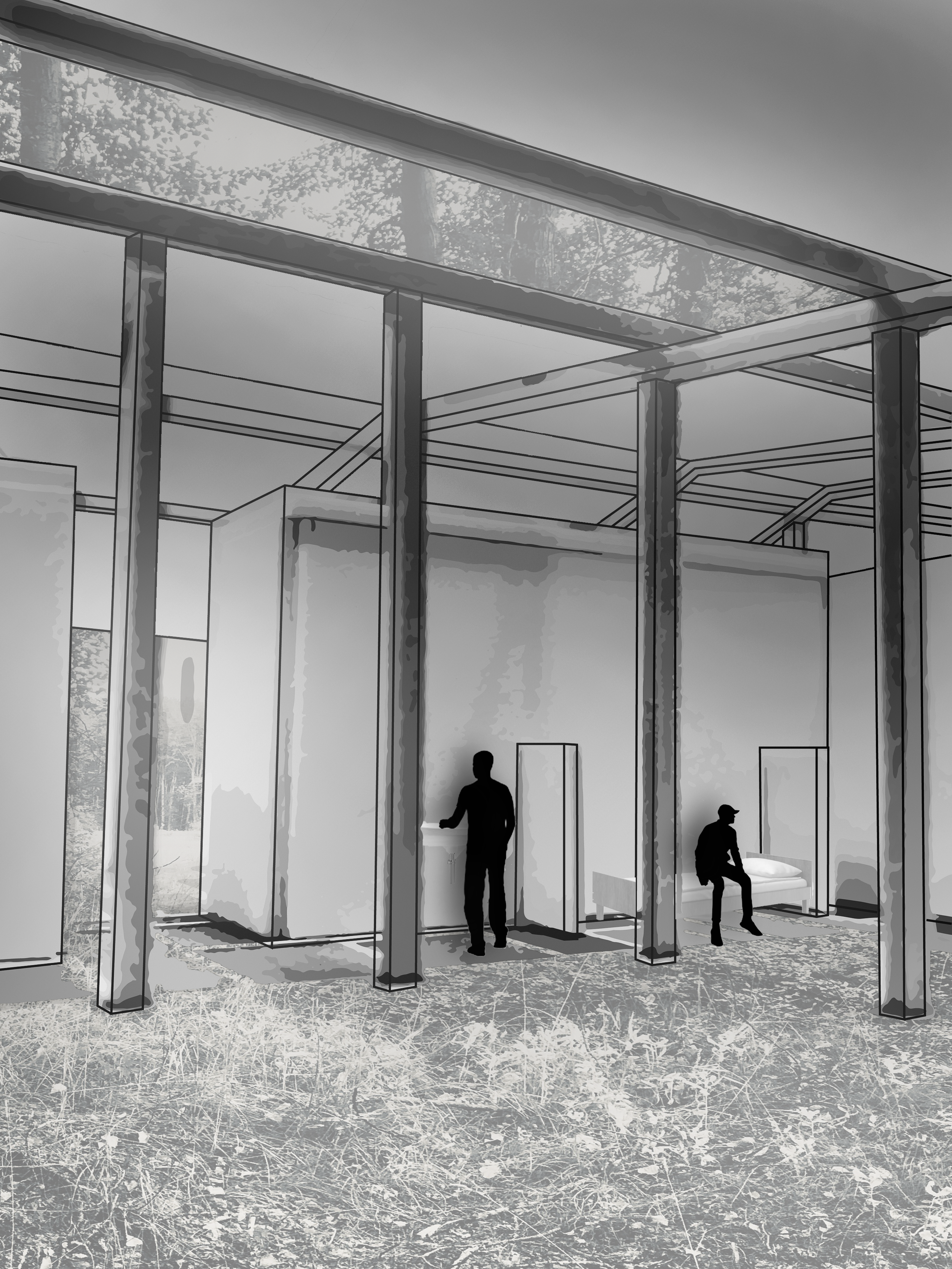





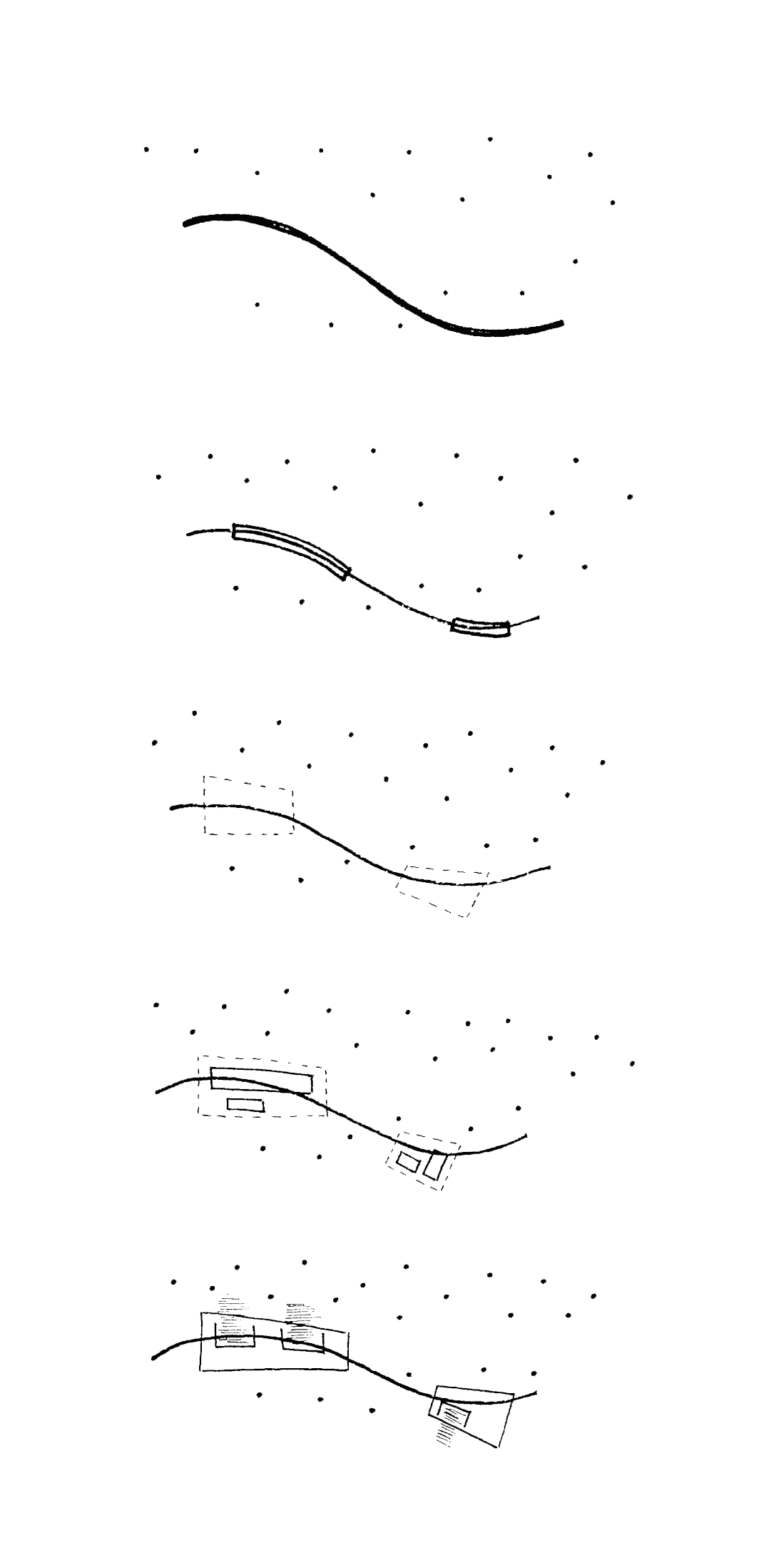
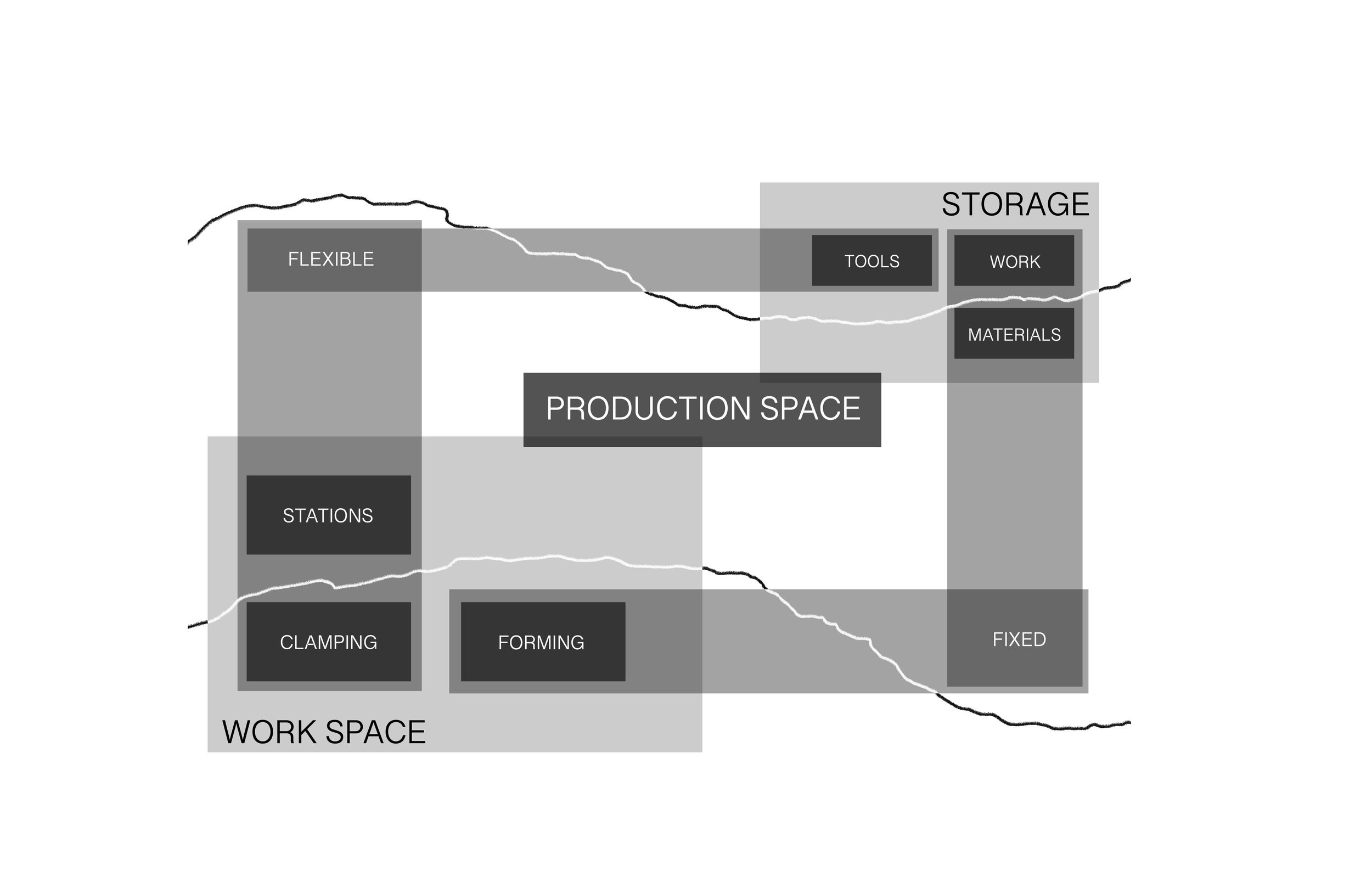
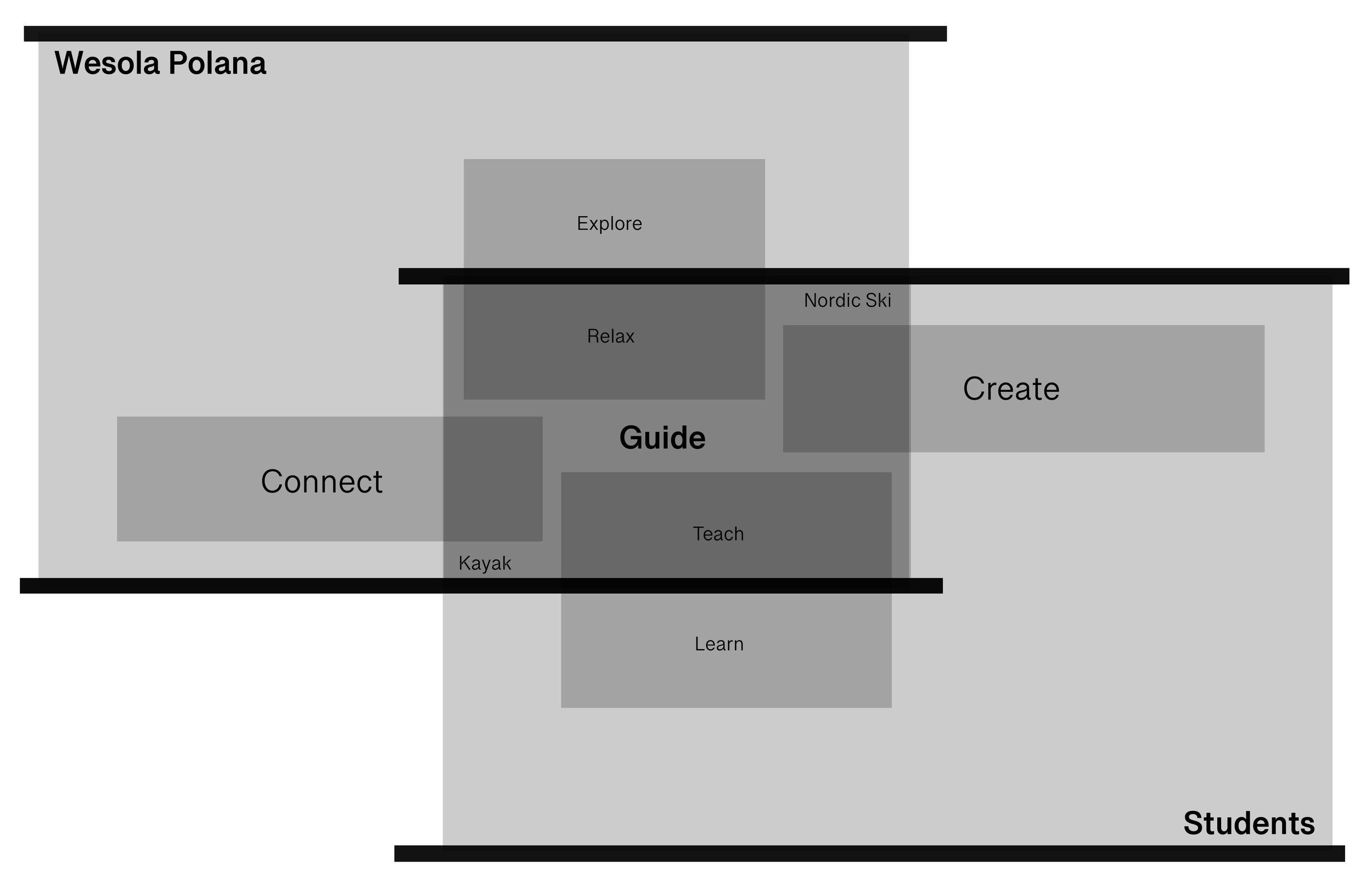

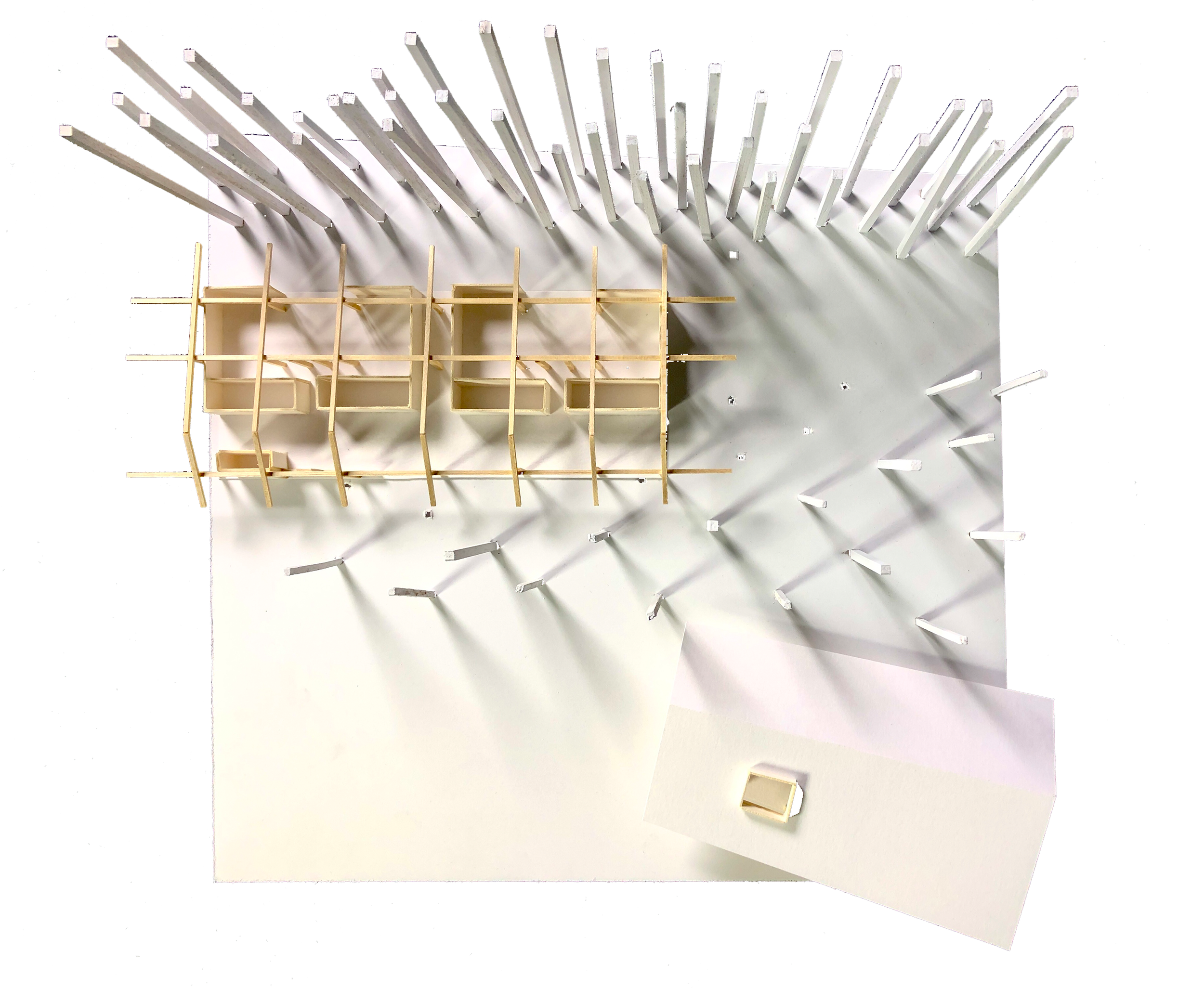
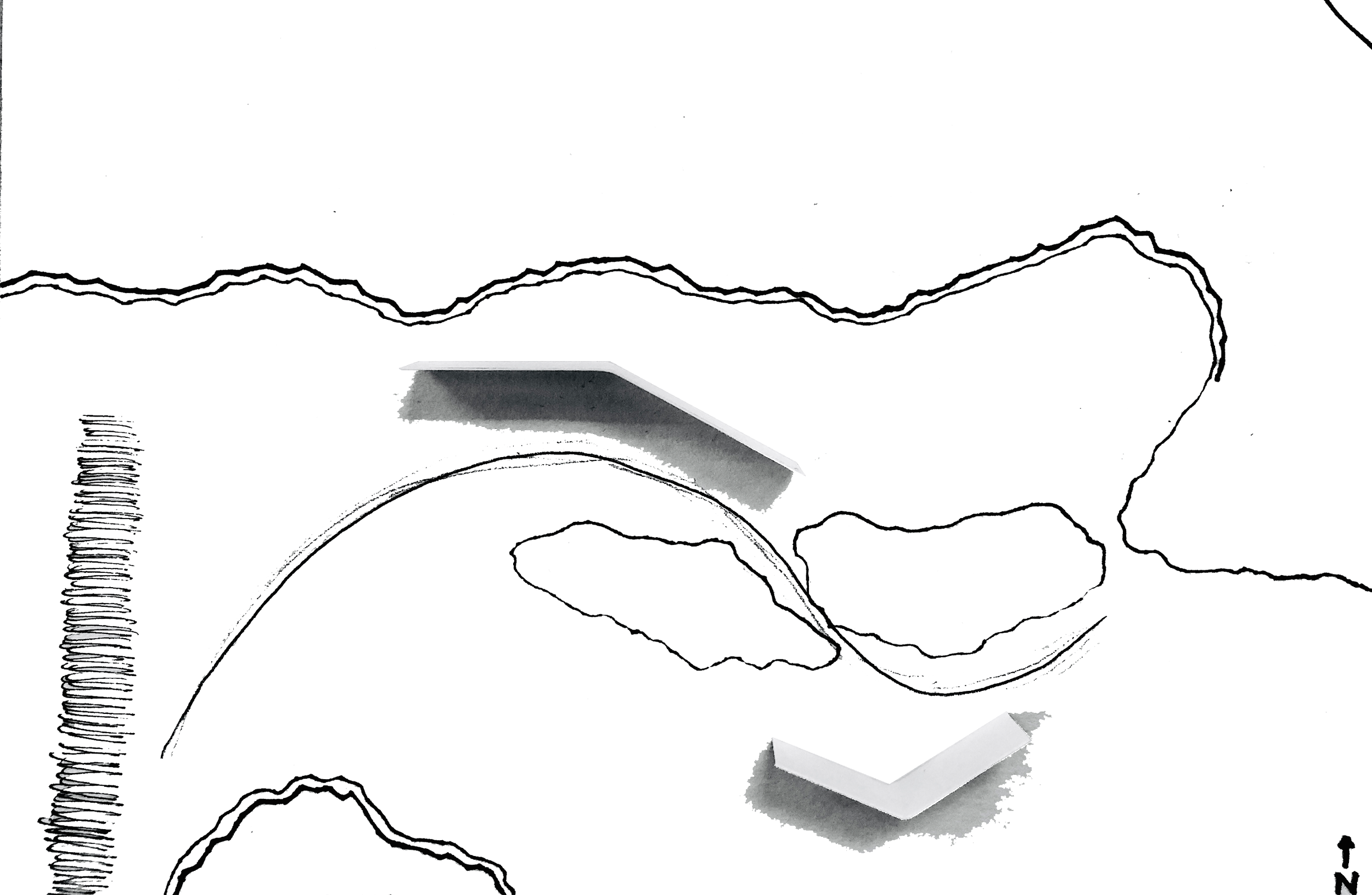
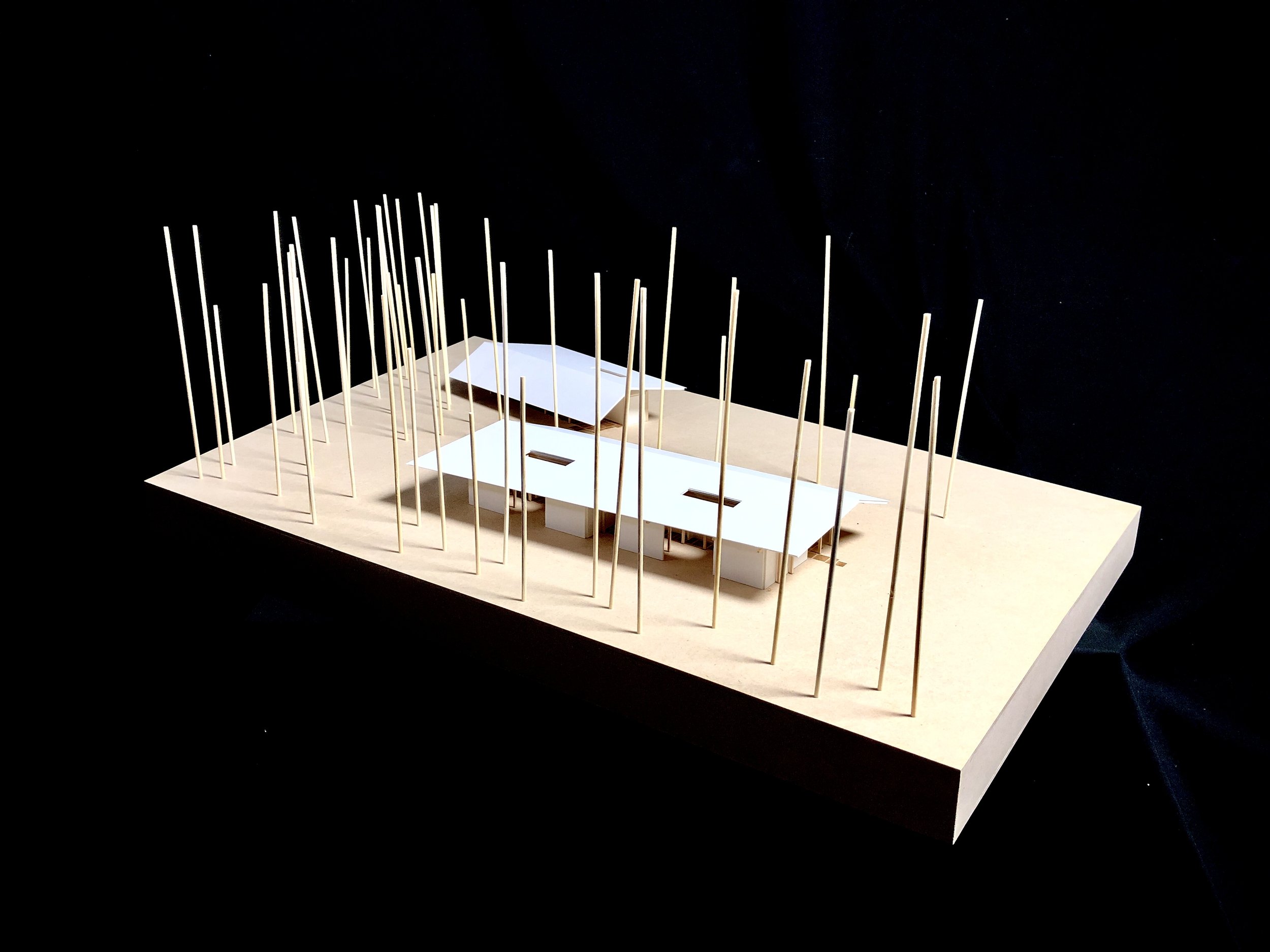
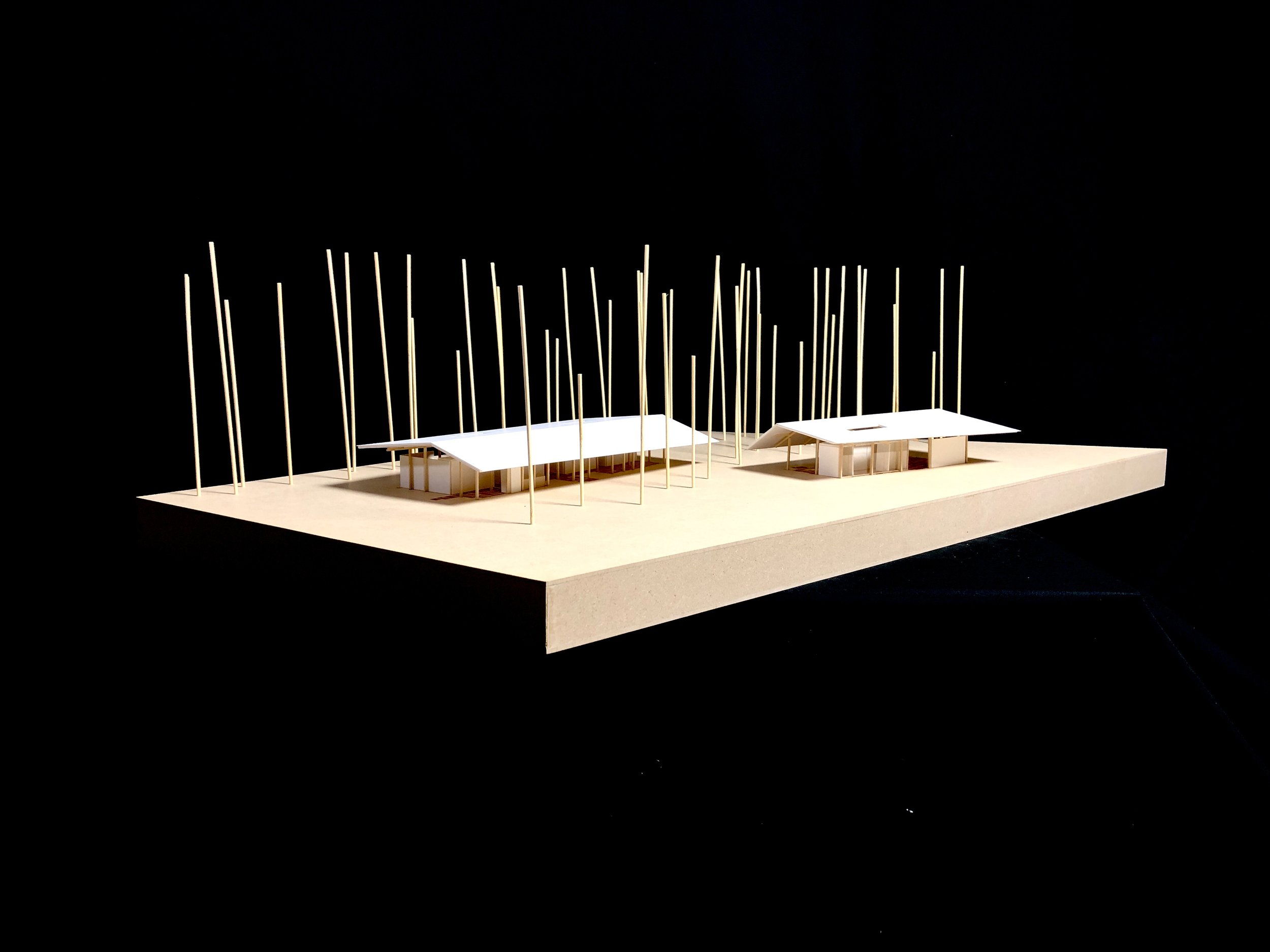
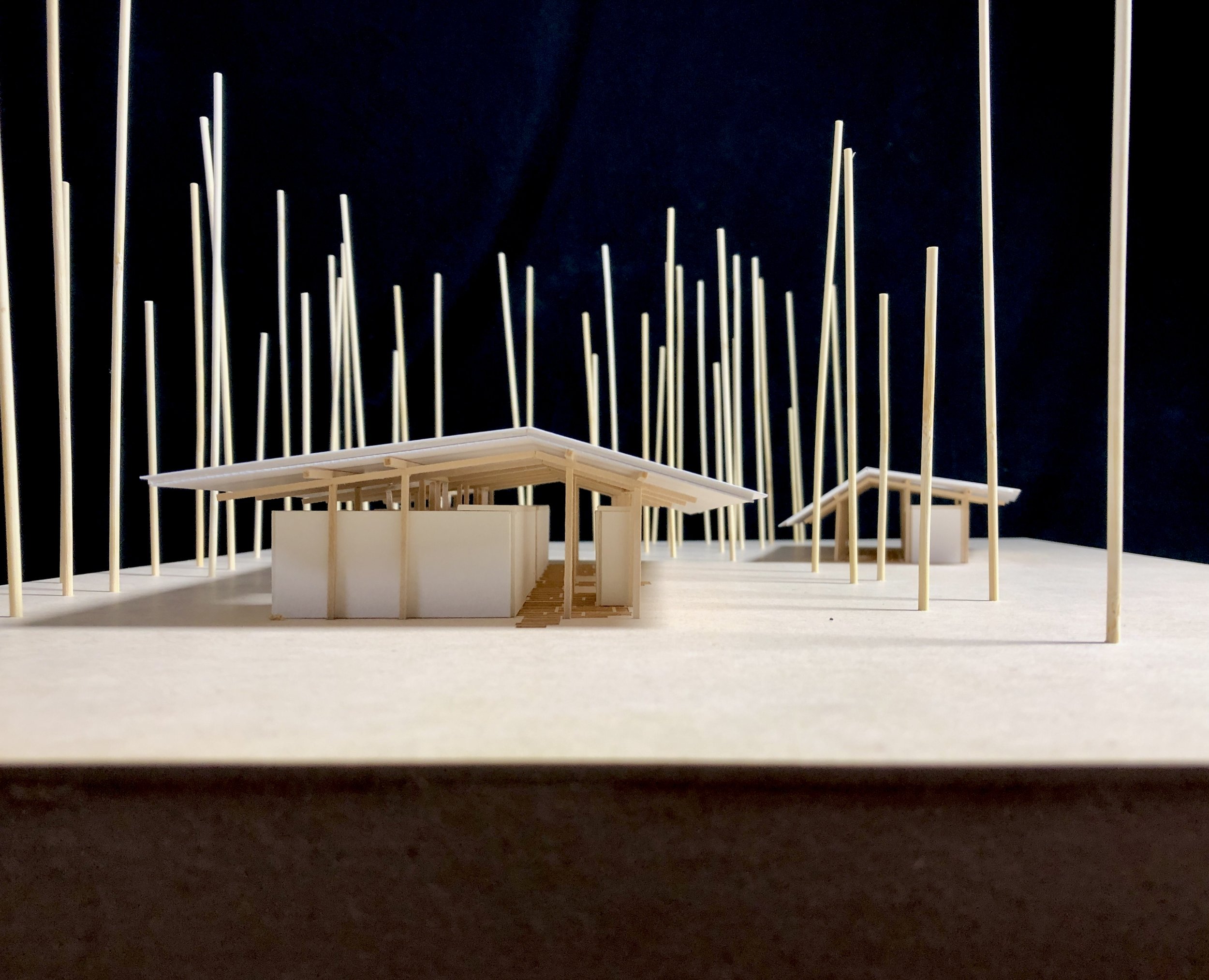


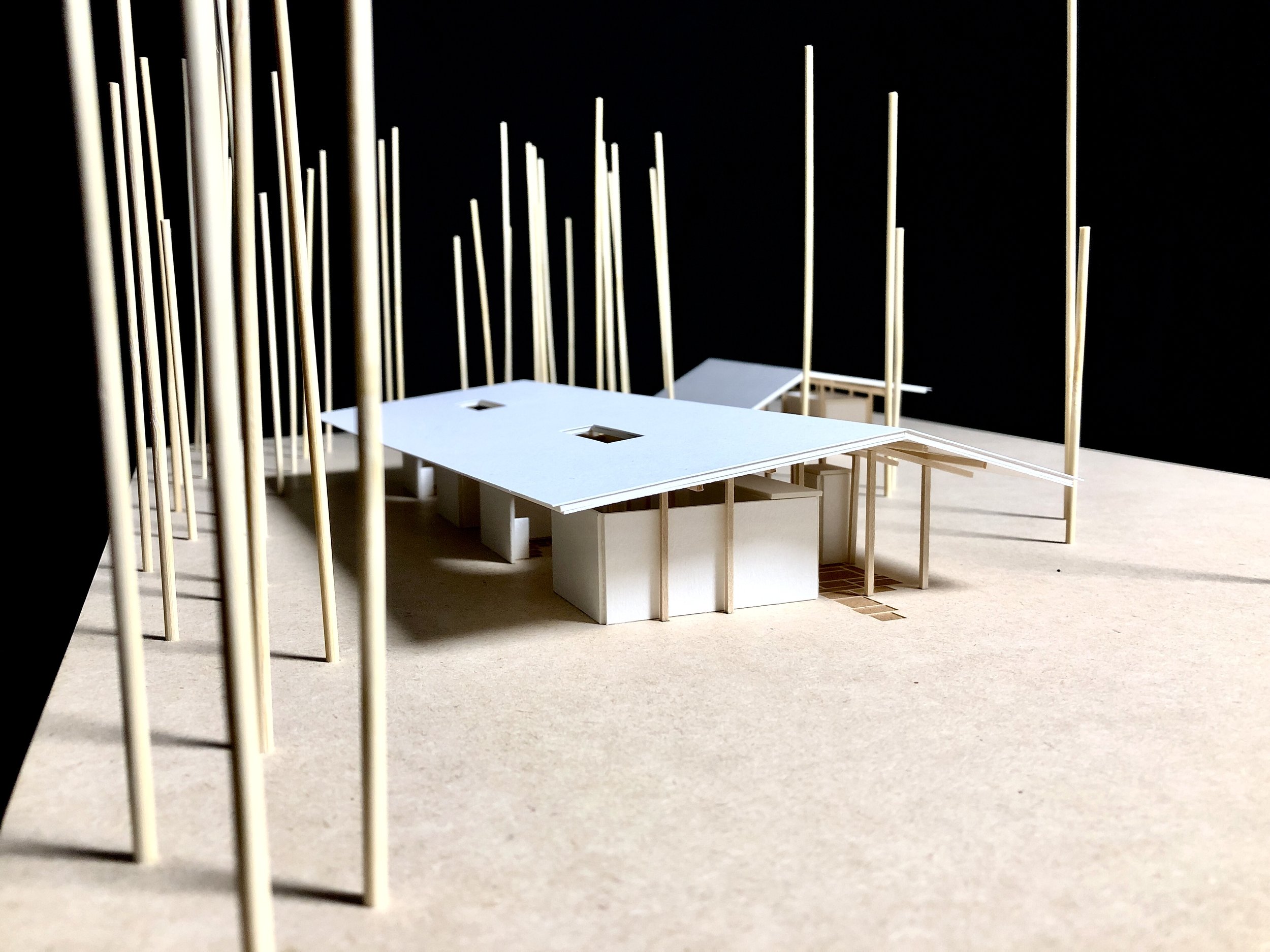
The Scenic Route - Route 20 Whidbey to the North Cascades
Selected work from Introductory Exercises
